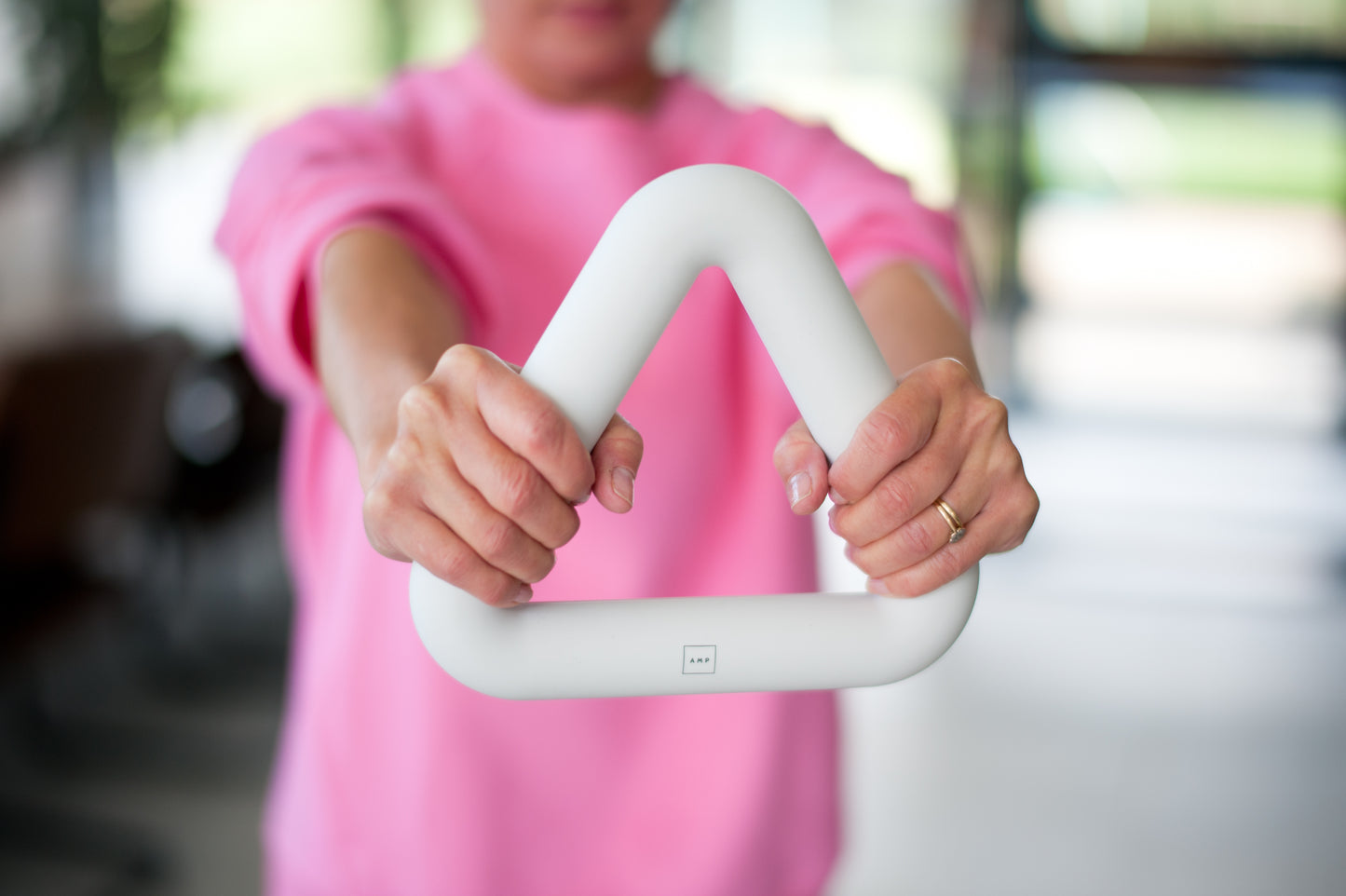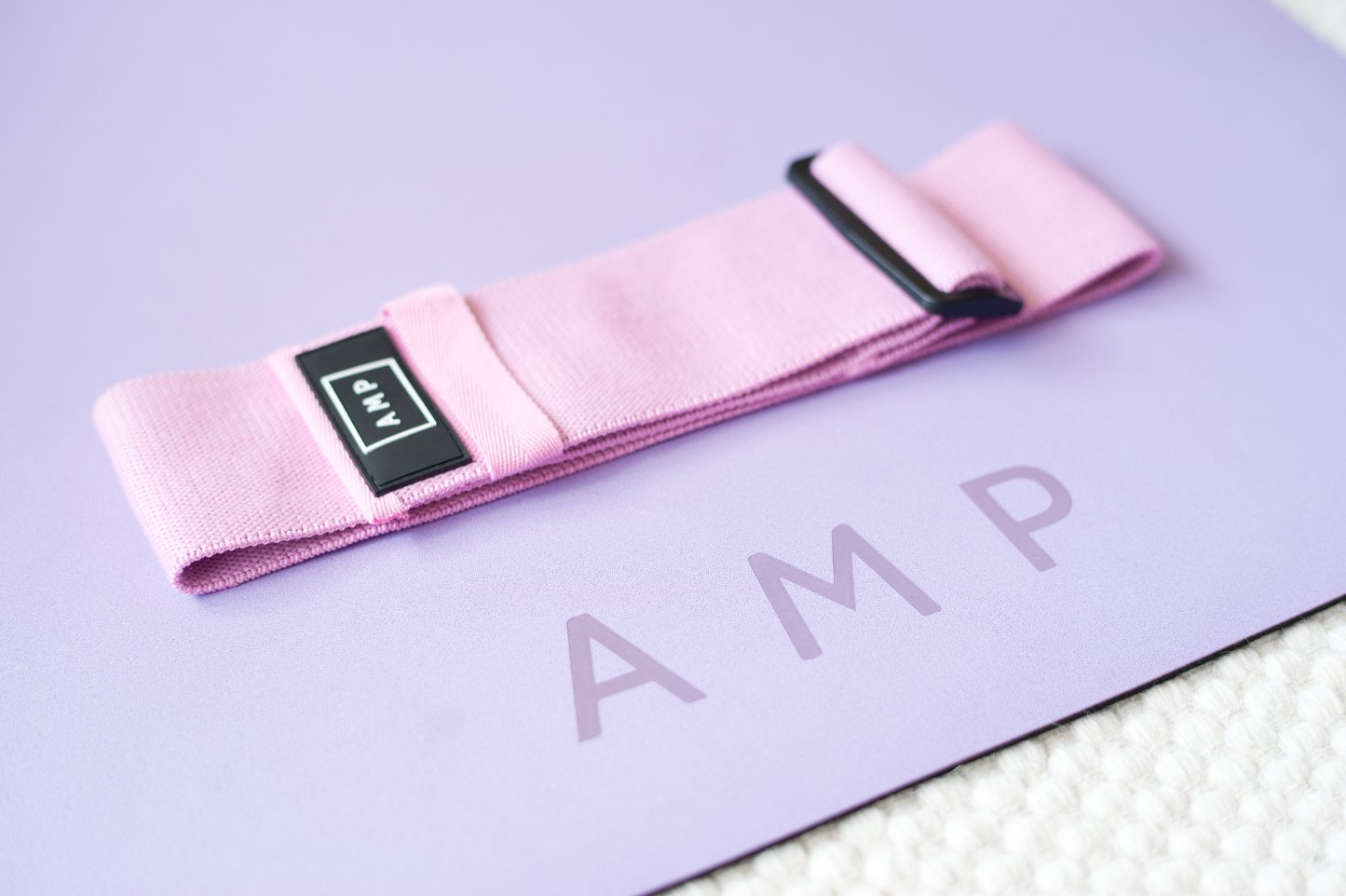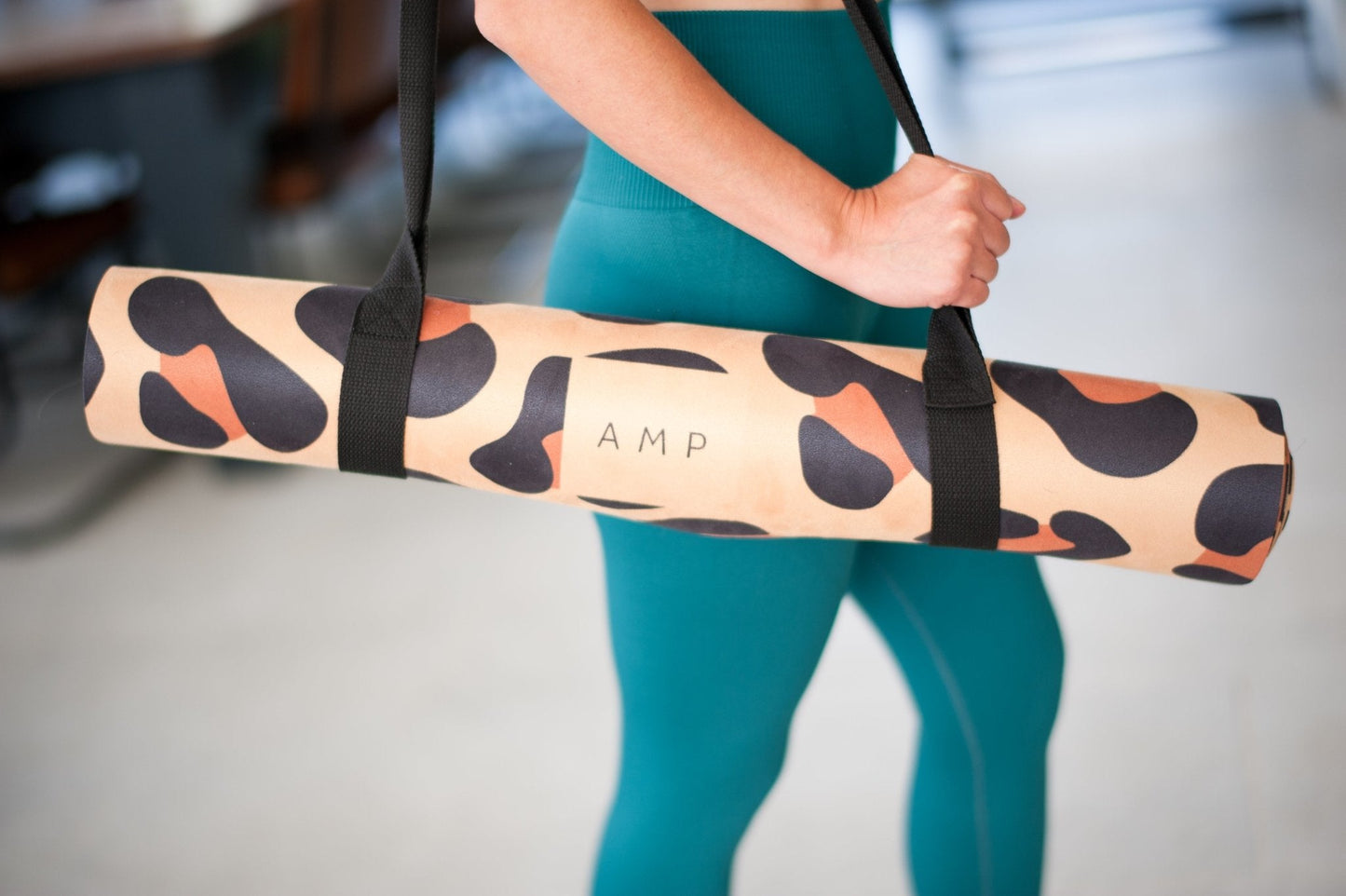 If you’re looking to add a little intensity to your home workouts, resistance bands might just be what you’re looking for. They are a great way to build muscle and tone-up your body because they add tension and resistance to any exercise movement.
If you’re looking to add a little intensity to your home workouts, resistance bands might just be what you’re looking for. They are a great way to build muscle and tone-up your body because they add tension and resistance to any exercise movement.You can use resistance bands in a variety of ways, looping them around different parts of your body and attaching them to different anchor points, such as a door frame or bedpost. They also come in different resistances so you can alter the difficulty of your workouts and are suitable for all fitness levels.
Here, we explain a few of the main benefits of working out with resistance bands and share a few examples of effective moves to include in your workouts.
Benefits of using resistance bands
1 Portable
One of the major benefits of using resistance bands is their portability. Because they are so lightweight and take up very little room in a bag, you can take them with you wherever you go, whether that’s work trips or holidays! This makes them great for people who are constantly on the move and means you will never have to miss a workout.2 Effective at building muscle mass and tone
Resistance bands are extremely effective at increasing muscle mass and tone because they add tension and load to movements, both of which are necessary for building muscle. Unlike weights which remain equally heavy through an entire rep, the tension of resistance bands increases as they’re pulled apart, which makes muscle work harder.According to research, working out with resistance bands is equally effective at building muscle as working out with conventional resistance training equipment such as weight machines and dumbbells.
3 Reduces injury risk
Resistance bands place a very small amount of force on joints, meaning there is less chance of injury compared to weight training. You can also increase resistance without increasing injury risk. As such, this makes resistance bands a great option for elderly people, or anyone with existing injuries or joint pain.4 Works multiple muscle groups
Because resistance bands are so versatile, you can train at specific angles in order to target certain muscle groups. For example, it is much easier to work the smaller muscle groups, which may otherwise get neglected in your workouts. You can also target several muscles at the same time, enabling you to get a full-body workout.
What’s more, the constant tension requires muscles to work extra hard and activates stablizer muscle groups to control the movement, improving balance, stability and core strength.

3 examples of exercises with resistance bands
1. Lateral Raise
How to do it:
- Start by standing with the right foot stepped forward infront of the left, flat on the floor with the middle of a resistance band lopped underneath the arch. Keep your left heel slightly raised off the floor.
- Grasp one end of the resistance band with either hand with your arms at your side.
- Raise both arms outward until they are parallel with the floor and return slowly to the starting position.
- Repeat for both sides
2. Banded front squat
How to do it:
- Stand on the middle of a resistance band with your feet hip-width apart.
- Hold one end of the band in either hand and bend your arms to bring your hands to your ears.
- Keeping your arms in this position, engage your core and sink your hips back into a squat.
- Extend your legs to return to the starting position.
3. Side plank high pull
How to do it:
- Start in a side plank position with a resistance band underneath your hand on the floor.
- With your other hand, grasp the other end of the band and bend your elbow to pull it away from the floor. Make sure to remain in a stable plank position.
- Repeat on both sides.
Summary
Resistance bands are a great way to add intensity to your workouts. They are effective at building, strengthening and toning muscle and offer numerous other benefits including a reduced risk of injury, portability, versatility and they are great for targeting multiple muscle groups. Once you start using them, it’s likely they’ll become a staple piece of equipment for your home workouts!
AMP offer latex resistance bands in five different strengths, from extra light to extra heavy, depending on how challenging you want your workouts.
Or, try the adjustable fabric bands which allow you to alter the intensity of your workouts by adjusting the length of the band.
Which bands do you prefer? Let us know.


































